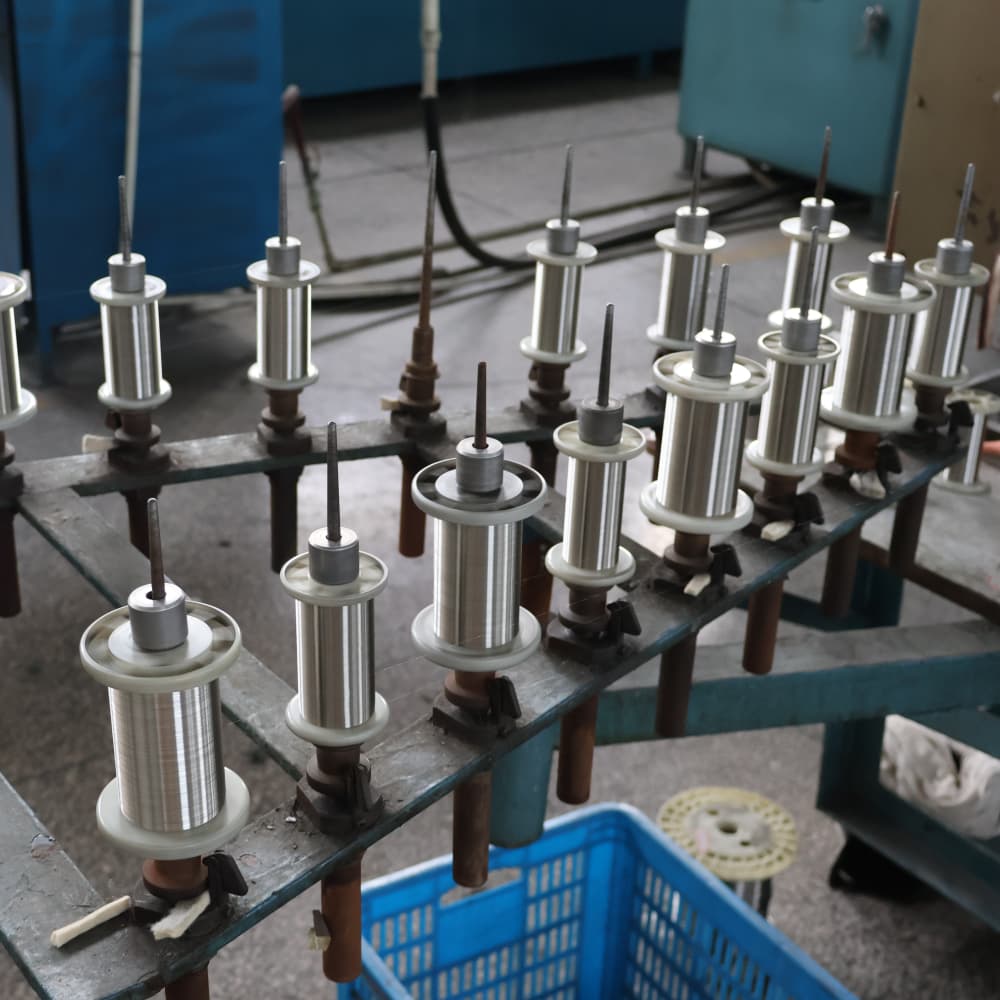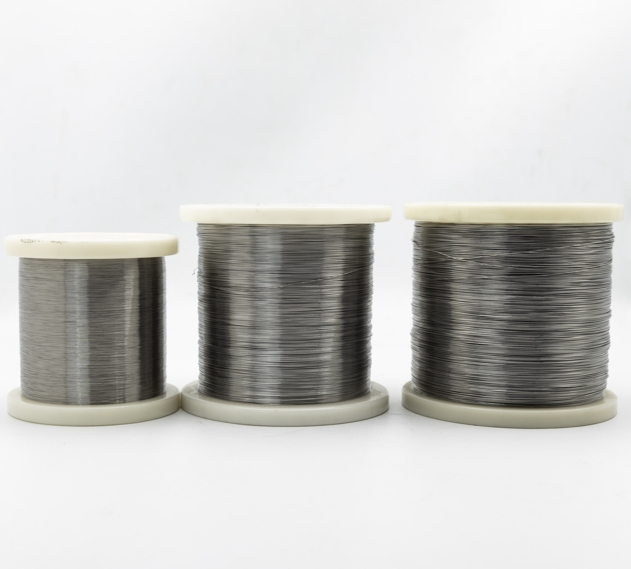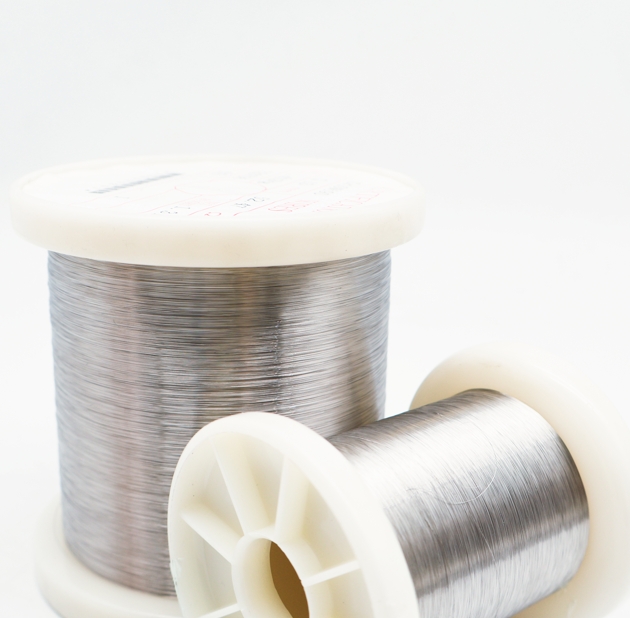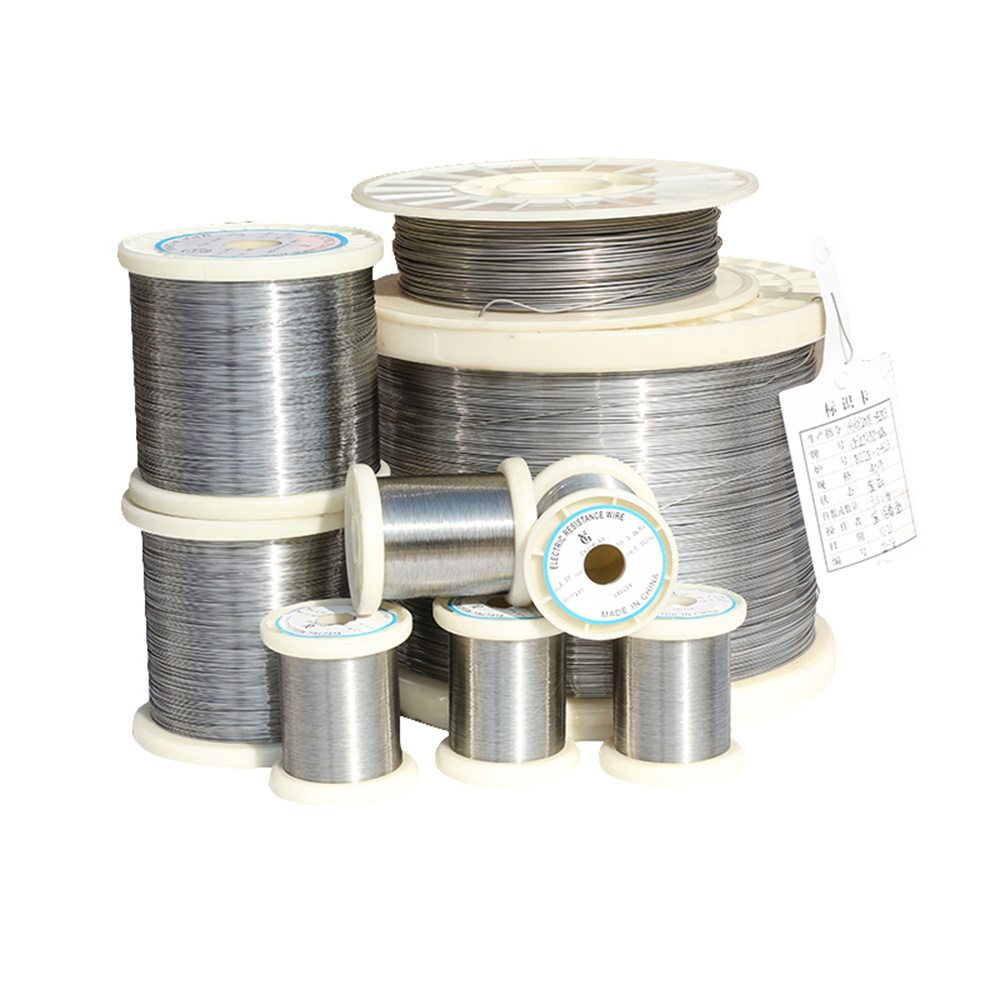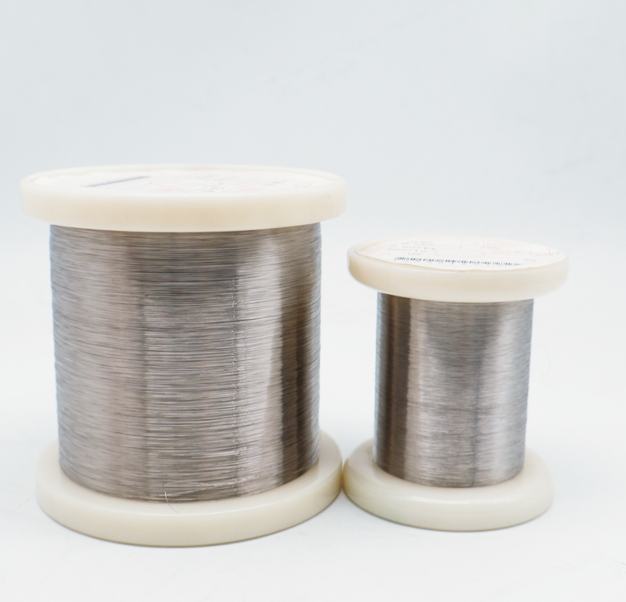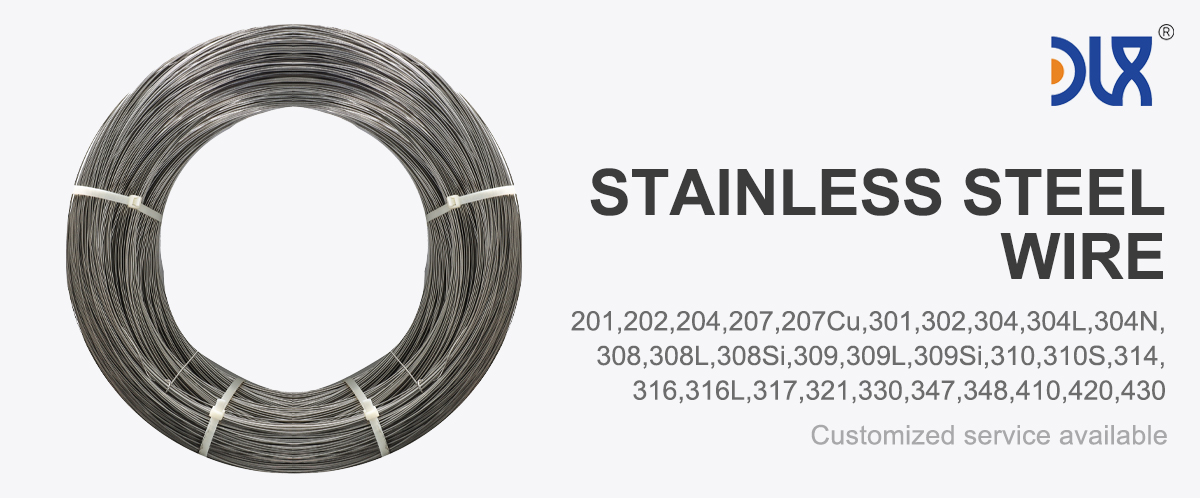
Our 304 stainless steel wire is a go-to choice for orthopedic pin production, delivering the reliability and affordability that medical manufacturers need. This isn’t just any wire—it’s a medical-grade alloy designed for temporary implants like pins and wires that stabilize fractures during healing. With its solid corrosion resistance and excellent machinability, our 304 wire is perfect for crafting cost-effective, high-performance orthopedic devices. We’ve optimized our production to meet ASTM A313 standards, ensuring every spool supports life-saving procedures with precision and consistency.
For more details, pls directly contact us.
The strength of our 304 stainless steel wire comes from its well-balanced composition. Packed with 18-20% chromium, 8-10.5% nickel, and less than 0.08% carbon, it’s built for flexibility and durability. Its tensile strength ranges from 500-700 MPa, with a yield strength of 200-275 MPa and elongation of 40-55%, making it ideal for pins that need to bend slightly without breaking. The high chromium content forms a passive oxide layer, offering good corrosion resistance in the body’s saline environment. We draw and anneal each wire with precision, achieving diameters as fine as 0.2mm, perfect for intricate orthopedic applications.
For orthopedic pins, corrosion resistance and biocompatibility are crucial, and our 304 wire holds its own. The chromium content ensures a protective oxide layer that resists pitting from body fluids and sterilization processes. While its biocompatibility is moderate due to higher nickel release compared to 316LVM, it’s well-suited for temporary implants, with studies showing minimal tissue reactivity for short-term use. Our passivation treatments enhance the surface, reducing bacterial adhesion by up to 20%, per clinical data, which helps lower infection risks during fracture healing.
Comparison of Medical Stainless Steel Grades, Materials, and Applications
|
Grade |
Composition |
Key Properties |
Corrosion Resistance |
Biocompatibility |
Applications |
Advantages |
Limitations |
|---|---|---|---|---|---|---|---|
|
316L |
Fe (60-70%), Cr (16-18%), Ni (10-14%), Mo (2-3%), C (<0.03%) |
Tensile: 485-620 MPa, Yield: 170-290 MPa, Elongation: 40-50%, Hardness: 95 HRB |
Excellent (passive oxide layer, resists pitting) |
High, minimal ion release, rare Ni sensitivity |
Bone plates, screws, stents, hip stems, dental implants |
Cost-effective, machinable, fatigue-resistant |
Possible Ni sensitivity, heavier than Ti |
|
304L |
Fe (65-74%), Cr (18-20%), Ni (8-10.5%), C (<0.03%) |
Tensile: 485-550 MPa, Yield: 170-240 MPa, Elongation: 40-55%, Hardness: 92 HRB |
Good, less resistant to pitting than 316L |
Moderate, higher Ni release risk |
Temporary implants, surgical tools, guidewires |
Affordable, easy to form, widely available |
Limited for long-term implants due to corrosion |
|
17-4 PH |
Fe (70-78%), Cr (15-17.5%), Ni (3-5%), Cu (3-5%), C (<0.07%) |
Tensile: 930-1100 MPa, Yield: 725-860 MPa, Hardness: 30-44 HRC |
Very good, but less than 316L in saline |
Good, but less biocompatible than 316L |
Load-bearing implants, surgical instruments |
High strength, heat-treatable, durable |
Complex processing, less corrosion-resistant |
|
420 |
Fe (80-90%), Cr (12-14%), C (0.15-0.4%) |
Tensile: 700-950 MPa, Yield: 340-450 MPa, Hardness: 45-50 HRC |
Moderate, prone to pitting in body fluids |
Moderate, not ideal for long-term implants |
Cutting tools, temporary pins, dental drills |
High hardness, wear-resistant, sharpenable |
Poor corrosion resistance for permanent use |
|
440C |
Fe (78-85%), Cr (16-18%), C (0.95-1.2%) |
Tensile: 760-1000 MPa, Yield: 450-600 MPa, Hardness: 56-60 HRC |
Moderate, better than 420 but less than 316L |
Limited, high carbon affects biocompatibility |
Surgical blades, high-wear tools |
Extremely hard, excellent edge retention |
Not suitable for long-term implants |
|
F138 (316LVM) |
Fe (60-70%), Cr (17-19%), Ni (13-15%), Mo (2.25-3.5%), C (<0.03%) |
Tensile: 490-690 MPa, Yield: 190-300 MPa, Elongation: 40-50%, Hardness: 95 HRB |
Superior, optimized for medical use |
Excellent, lowest ion release, vacuum-melted |
Orthopedic implants, cardiovascular stents |
Enhanced purity, top biocompatibility |
Higher cost than standard 316L |
|
303 |
Fe (65-75%), Cr (17-19%), Ni (8-10%), S (0.15-0.35%) |
Tensile: 500-620 MPa, Yield: 240-290 MPa, Elongation: 35-50%, Hardness: 90 HRB |
Moderate, sulfur reduces corrosion resistance |
Moderate, not ideal for permanent implants |
Machined components, non-implant devices |
Excellent machinability, cost-effective |
Not suitable for long-term implants |
|
Nitronic 60 |
Fe (60-70%), Cr (16-18%), Ni (8-9%), Mn (7-9%), N (0.08-0.18%) |
Tensile: 620-793 MPa, Yield: 345-414 MPa, Hardness: 95-100 HRB |
Very good, resists galling and wear |
Good, but less studied for implants |
Wear-resistant implants, joint components |
High wear resistance, galling resistance |
Limited medical use, higher cost |
For more details, pls directly contact us.
The orthopedic implant market is booming, expected to hit $60 billion by 2030, driven by an aging population and advances in minimally invasive surgeries. Our 304 stainless steel wire is a key player, offering a budget-friendly, high-performance solution for temporary pin production. Industry trends are leaning toward patient-specific implants, with 3D printing and CNC machining enabling custom designs. Our wire is optimized for these processes, with excellent formability for precise shaping. Sustainability is also a big deal—our wire is 100% recyclable, cutting waste and aligning with healthcare’s eco-friendly push.
Challenges in the industry include corrosion, with about 5-7% of stainless steel implant failures tied to pitting in body fluids. We’re addressing this with research into biocompatible coatings, like hydroxyapatite, that boost corrosion resistance and bone integration by 25%, based on recent studies. Regulatory standards, like ISO 13485 and ASTM A313, demand rigorous testing for mechanical properties and cleanliness. Our wire exceeds these benchmarks, with each batch undergoing chemical analysis and fatigue testing to ensure zero defects. Nickel allergies affect 10-15% of patients, and while our 304 wire contains nickel, its optimized composition minimizes release, making it safe for temporary use.
Applications for our 304 stainless steel wire are critical in orthopedic pin production. It’s perfect for Kirschner wires (K-wires) and Steinmann pins, used to stabilize fractures in bones like the femur or humerus during healing. Our wire is also used in cerclage wires for securing bone fragments in complex fractures. In minimally invasive surgeries, its flexibility supports smaller, precise pins for delicate procedures. We’re seeing growing use in pediatric orthopedics, where lightweight pins are key, and in veterinary surgery, where our wire crafts pins for animal fracture repairs, showing its versatility.
Comparing ourselves to the market, our 304 stainless steel wire stands out for its quality and affordability. We source premium raw materials, reducing impurities by up to 150% compared to standard alloys. Our drawing and annealing processes optimize grain structure, enhancing fatigue resistance for pins under cyclic loads. Unlike generic suppliers, we offer tolerances as tight as ±0.001 inches, ideal for precision-machined pins. Every spool is tested for tensile strength, hardness, and ASTM A313 compliance, ensuring reliability in every orthopedic application.
Customization is where we really shine. Need a wire with a specific diameter for a K-wire or a polished finish for low-friction insertion? We deliver tailored solutions in days, keeping your production on track. Our surface treatments, like passivation and electropolishing, enhance corrosion resistance and biocompatibility, reducing infection risks by up to 20%. Cost-wise, our 304 wire is a steal compared to 316LVM or titanium, making high-quality pins accessible to more hospitals. Our material experts provide hands-on support, helping you integrate our wire into complex designs, saving you time and R&D costs.
Comparison Parameters Table
| Parameter | 304 Stainless Steel | 316LVM Stainless Steel | Titanium (Ti-6Al-4V) | Cobalt-Chrome (Co-Cr) |
|---|---|---|---|---|
| Density (g/cm³) | 7.9-8.0 | 7.9-8.0 | 4.4-4.5 | 8.3-9.2 |
| Elastic Modulus (GPa) | 193 | 193 | 110-114 | 210-240 |
| Yield Strength (MPa) | 200-275 | 190-300 | 800-900 | 450-1000 |
| Tensile Strength (MPa) | 500-700 | 490-690 | 900-1000 | 900-1200 |
| Hardness (HRB) | ~92 | ~95 | ~36 HRC | 30-40 HRC |
| Corrosion Resistance | Good (less Mo than 316LVM) | Superior (vacuum-melted) | Superior in body fluids | Very good, but ion release risk |
| Biocompatibility | Moderate, higher Ni release | Excellent, low ion release | Excellent, low reactivity | Good, but Co ion concerns |
| Cost | Very low | Moderate | Medium | High |
| Common Applications | Temporary pins, wires | Implants, stents | Joint replacements | Bearings, dental crowns |
| Machinability | Excellent | Good | Medium | Low |
Looking ahead, the orthopedic industry is embracing robotics and AI-driven design, and our 304 wire is ready for the future. It’s compatible with advanced manufacturing like laser cutting and additive processes, enabling innovative pin geometries. We’re investing in antimicrobial coatings that could reduce infection rates by 15%, tackling a key concern in fracture surgeries. With healthcare costs climbing, our wire offers a budget-friendly option without compromising performance, helping clinics deliver better care. Its durability—lasting through months of healing—reduces revision surgeries, improving patient outcomes and lowering costs.
In short, our 304 stainless steel wire is a foundation for orthopedic pin innovation. From stabilizing fractures to enabling faster recoveries, it’s built to perform where reliability and affordability matter most. We’re committed to pushing the limits, whether through cleaner alloys, smarter finishes, or faster delivery. As the orthopedic field evolves, our wire is at the forefront, enabling manufacturers to create pins that transform lives with confidence.
For more details, pls directly contact us.
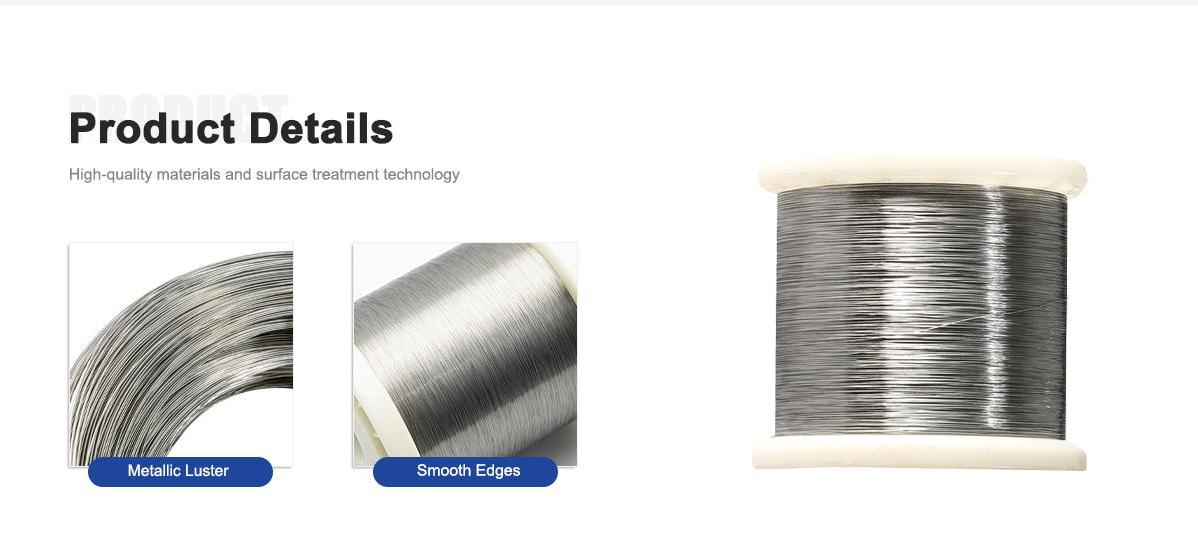
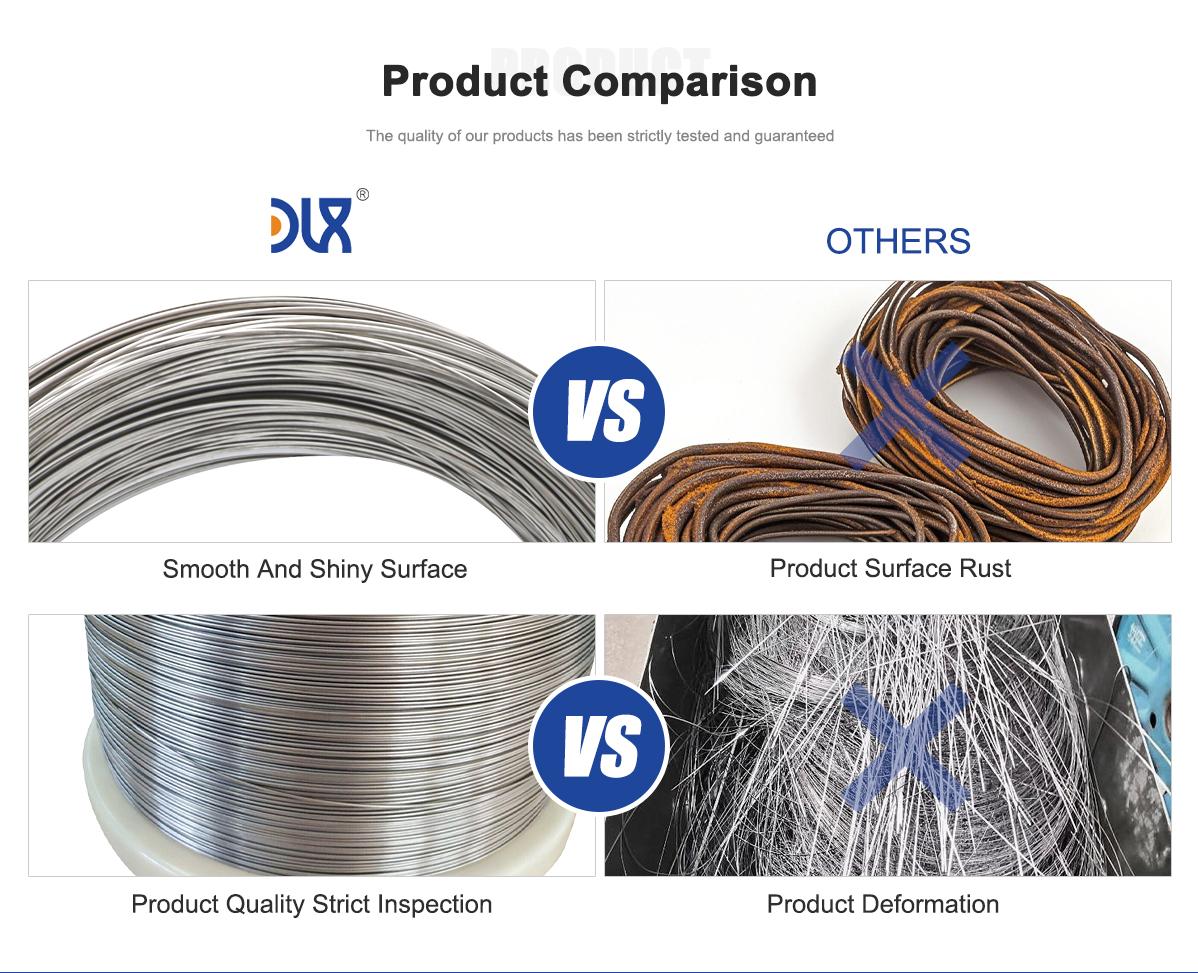
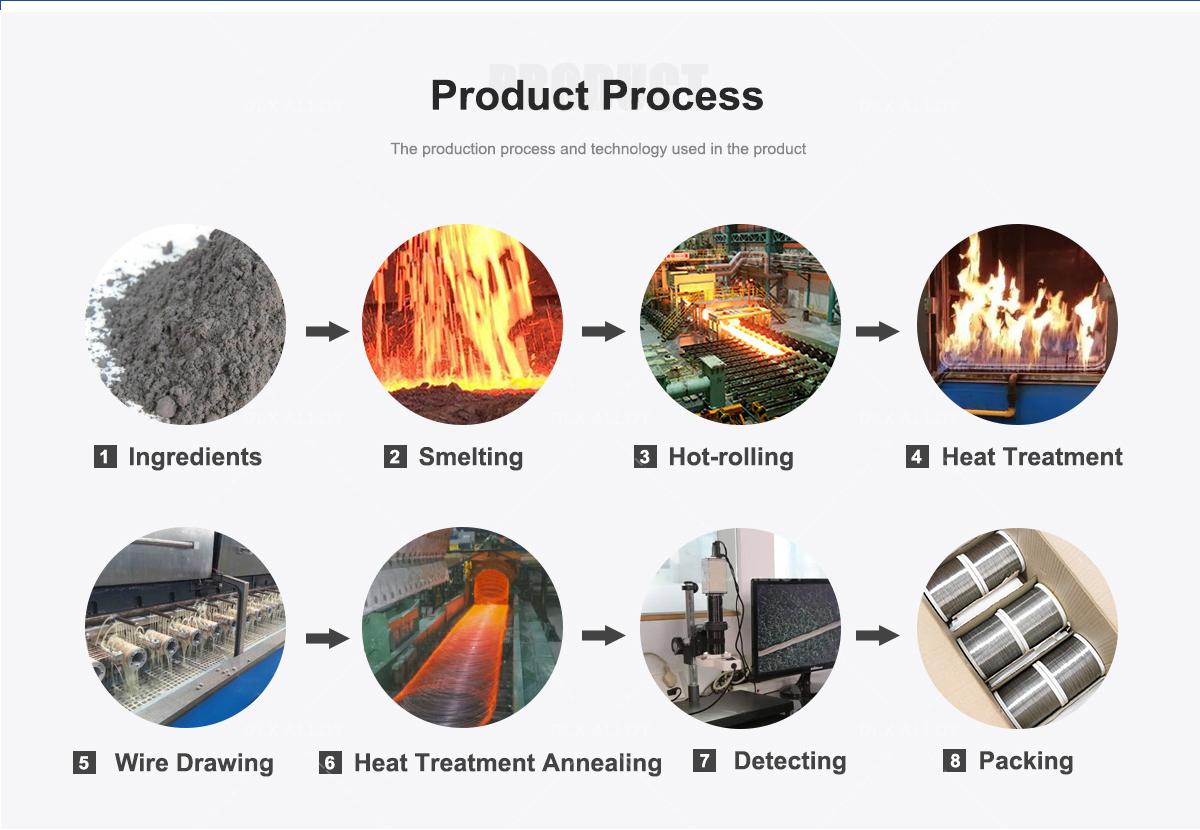

About Us:
Our 12,000㎡ factory is equipped with complete capabilities for research, production, testing, and packaging. We strictly adhere to ISO 9001 standards in our production processes, with an annual output of 1,200 tons. This ensures that we meet both quantity and quality demands. Furthermore, all products undergo rigorous simulated environment testing including high temperature, high pressure, and corrosion tests before being dispatched, ensuring they meet customer specifications.
For all our clients, we offer timely and multilingual after-sales support and technical consulting, helping you resolve any issues swiftly and efficiently.

Client Visits
Building Stronger Partnerships

We support all kinds of testing:


FAQs:
-
What is the composition of 304 stainless steel?
It contains iron (65-74%), chromium (18-20%), nickel (8-10.5%), manganese (≤2%), silicon (≤1%), and carbon (<0.08%). -
What are the key mechanical properties of 304 stainless steel for orthopedic pins?
It offers tensile strength of 500-700 MPa, yield strength of 200-275 MPa, elongation of 40-55%, and hardness of ~92 HRB, ensuring flexibility and durability. -
How is 304 stainless steel used in orthopedic pin production?
It’s used for temporary pins and wires in fracture fixation, providing strength and corrosion resistance during bone healing. -
What makes 304 stainless steel corrosion-resistant for orthopedic applications?
Its high chromium content forms a passive oxide layer, offering good corrosion resistance against body fluids and sterilization processes. -
What are current industry trends for 304 stainless steel in orthopedic pins?
Trends include biocompatible coatings for faster healing, 3D printing for custom pins, and focus on cost-effective materials for broader accessibility. -
Is 304 stainless steel biocompatible for orthopedic pins?
It has moderate biocompatibility, suitable for temporary implants, but higher nickel release makes it less ideal for permanent use compared to 316LVM. -
What advantages does 304 stainless steel have over other materials?
It’s more cost-effective than 316LVM or titanium, with excellent machinability and sufficient strength for short-term orthopedic applications. -
How does 304 stainless steel support sustainability in orthopedic manufacturing?
Its recyclability, durability, and efficient production reduce waste and the need for frequent replacements, aligning with eco-friendly trends.

